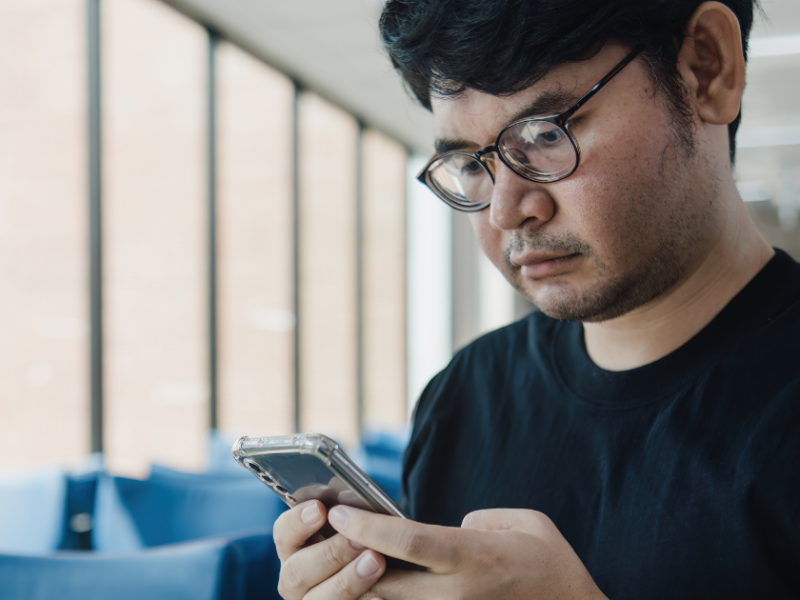UET Peshawar is working on low-cost solar panels, which will be unveiled this week.
With the help of international partners, the University of Engineering and Technology, Peshawar’s Centre for Advanced Studies and Energy has developed solar panels that are half the price of existing silicon panels using third-generation solar photovoltaic technology.
The lightweight and flexible panels will be formally unveiled this week, according to Dr. Najeebullah, the project’s principal investigator at UET. Professor Han of China’s Huazhong University of Science and Technology and Dr. Toby Meyer of Switzerland’s Solaronixmix were also involved in the initiative.
The project’s research phase began in 2014, according to Dr. Najeebullah, who has a Ph.D. in material sciences from Cambridge University, and prototype development of the third generation solar panels began in 2019 at the UET’s Centre for Advanced Studies and Energy with funding from the provincial government. According to him, the center was founded in 2014 with the help of USAID. According to the principal investigator, the third generation solar photovoltaic panels will cost 50% less than those made with silicon photovoltaic technology, driven mainly by Chinese companies and sold in the country.
He claimed that the third generation solar panels would be less expensive than previous models because the materials used were locally sourced, and the manufacturing process required a lower temperature.
According to Dr. Najeebullah, solar panels in the market require highly refined poured silicon with a purity of 99.99999 percent and processing temperatures of 1100 degrees Celsius or higher. “In our product, we replaced silicon with a naturally available metal halide provskite, which will be produced at 450 degrees Celsius,” he explained. Professor Han, he said, was working on commercializing emerging solar technology and planned to build a 200MW unit in China’s Human region. Professor Han told Dawn that he would love to collaborate on technology transfer with Pakistan, whom he refers to as “our friend.”
Under the multibillion-dollar China-Pakistan Economic Corridor initiative, he urged the Chinese and Pakistani governments to promote technology transfer and allocate funds to commercialize emerging solar technology.

